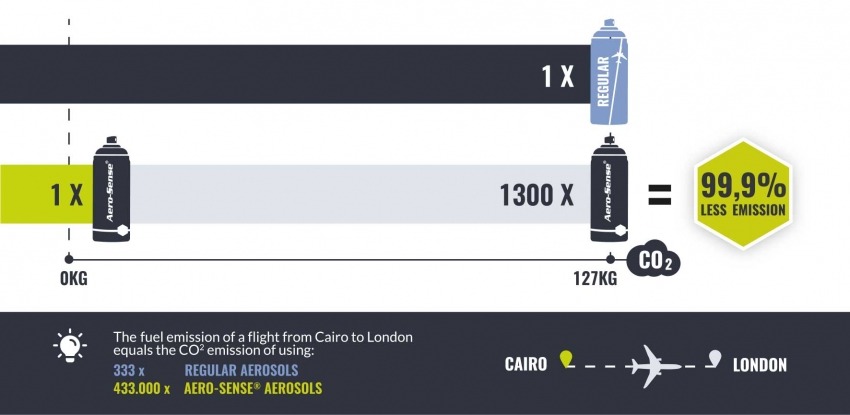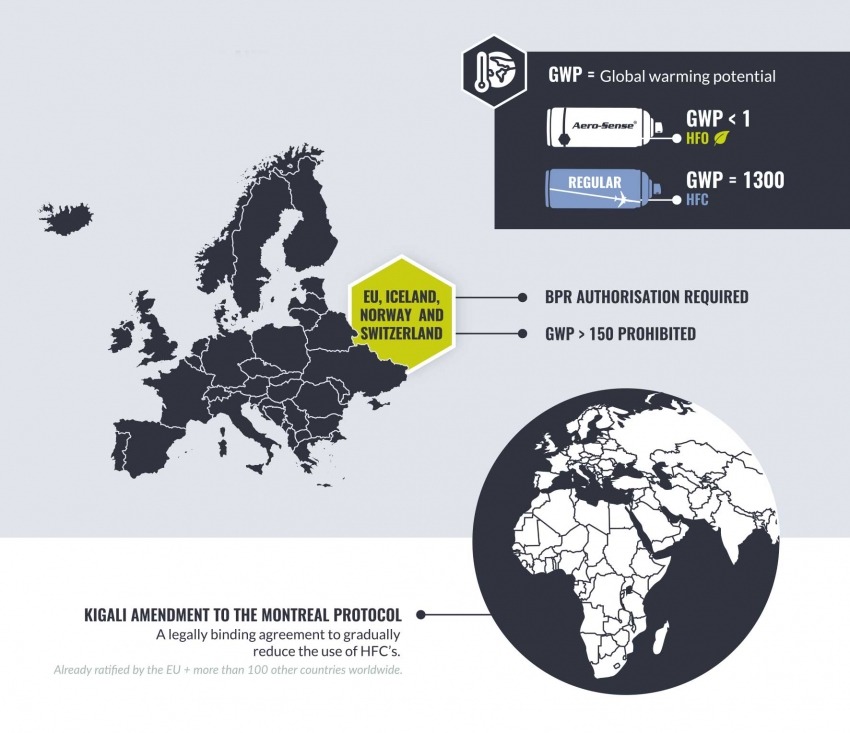Why you should consider your choice of aircraft insecticide carefully
As a key player in the aviation industry, you are constantly on the lookout for ways to improve on safety and sustainability. There’s a good chance that it even features prominently in your mission statement and pledges to customers. However, putting that into practice is a significant challenge. What if we were to tell you that simply choosing the right aircraft insecticide can make a major difference?
1. GAIN THE TRUST OF YOUR PASSENGERS AND CREW
Health is everything – for your employees and your customers alike. That’s true whether you come into contact with this product once – like most passengers – or on a daily basis, like your cabin crew. It makes sense then to only use products that have been safety tested first. When buying an aircraft insecticide, you should start by verifying whether it has been 100% tested for aircraft cabin use.
To do that, you can rely on various (inter)national guidelines stipulating which conditions an aircraft insecticide must satisfy as a basis. Obviously, this includes the WHO recommendations; however, in the EU, the Biocidal Products Regulation (BPR) must also be taken into account. The BPR verifies whether a biocidal product, which includes insecticides, is harmless to humans and the environment.
For example, according to the BPR the product must not contain any carcinogenic or toxic substances. Only insecticides that pass the BPR’s rigorous standard can be used with peace of mind. That doesn’t just guarantee passenger and crew safety but also gains their trust.

2. ACHIEVE A QUICK WIN ON YOUR CARBON EMISSION TARGETS
Propellant manufacturers are continuously active in the research and development of less environmentally toxic products to counter the rise in carbon emissions. The Belgian company Aero-Sense® uses one of these next generation, non-flammable propellants for their aircraft insecticides with a ‘Global Warming Potential’ (GWP) of less than 1. Competing aircraft insecticide manufacturers usually use propellants with a GWP of up to 1300.
The impact of that difference becomes all the more palpable when you compare insecticide impact to a flight of, say, five hours between Cairo and London. The CO2 fuel emissions of the entire flight are equal to dumping only 333 aerosols of standard insecticide. To achieve the same emissions, you would need to empty 433,000 (!) Aero-Sense® aerosols.
That means the type of insecticide you use can have a major impact on the ecological footprint of your flights. Transitioning to a more environmentally friendly alternative is a simple way to achieve a quick win on your carbon emissions targets.

3. CONVENIENCE IS KEY
Carefully considering which aircraft insecticide to use isn’t just relevant for achieving your emissions targets or guaranteeing safety. It can also save you loads of work and future headaches. In addition to the WHO directive and local biocidal product regulations, you still also have to take the various national environmental laws into account. These determine the maximum emissions of each product sold on the market.
For example, in the EU, the ‘Regulation on the use of fluorinated greenhouse gases’ (also known as the F-gas regulation) stipulates that aerosols must have a GWP of less than 150. A near-identical copy of this legislation was adopted by the Canadians, and other countries, such as Japan, are also restricting the use of high-emission products with quotas.
As an aviation professional, you probably have more useful things to do than keep up to date with increasingly strict environmental legislation in every single country. By choosing an insecticide with a GWP of less than 1, you’re guaranteed safe in the years to come when it comes to aircraft insecticide conformity.
